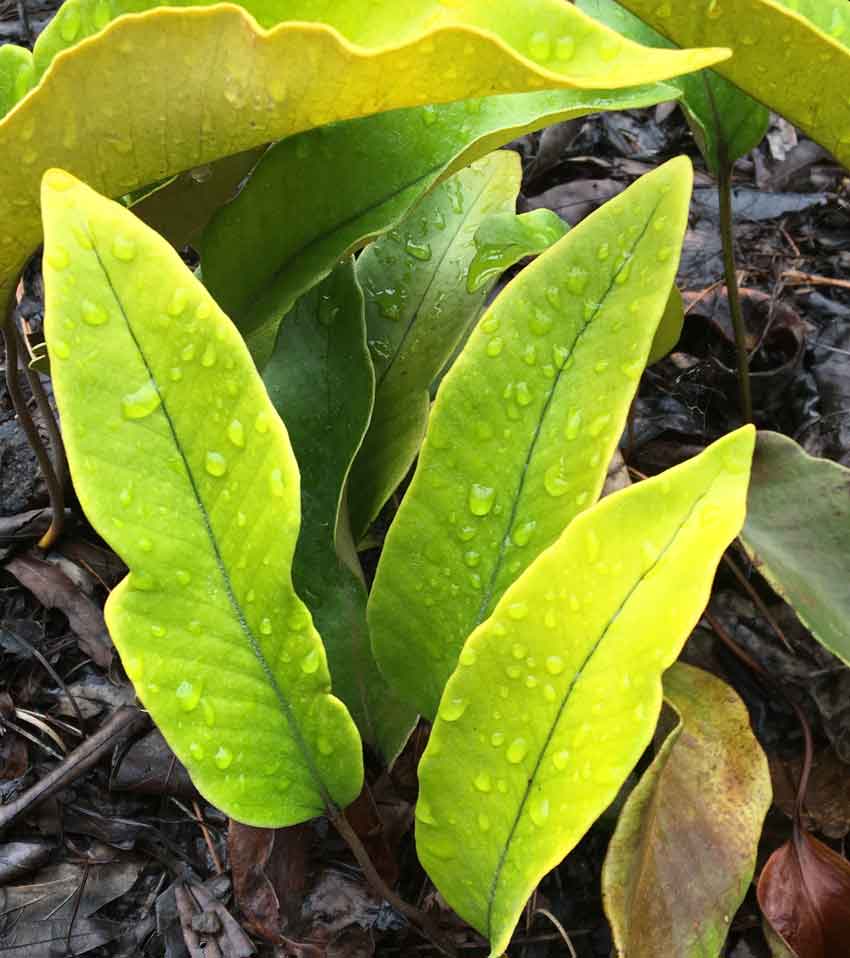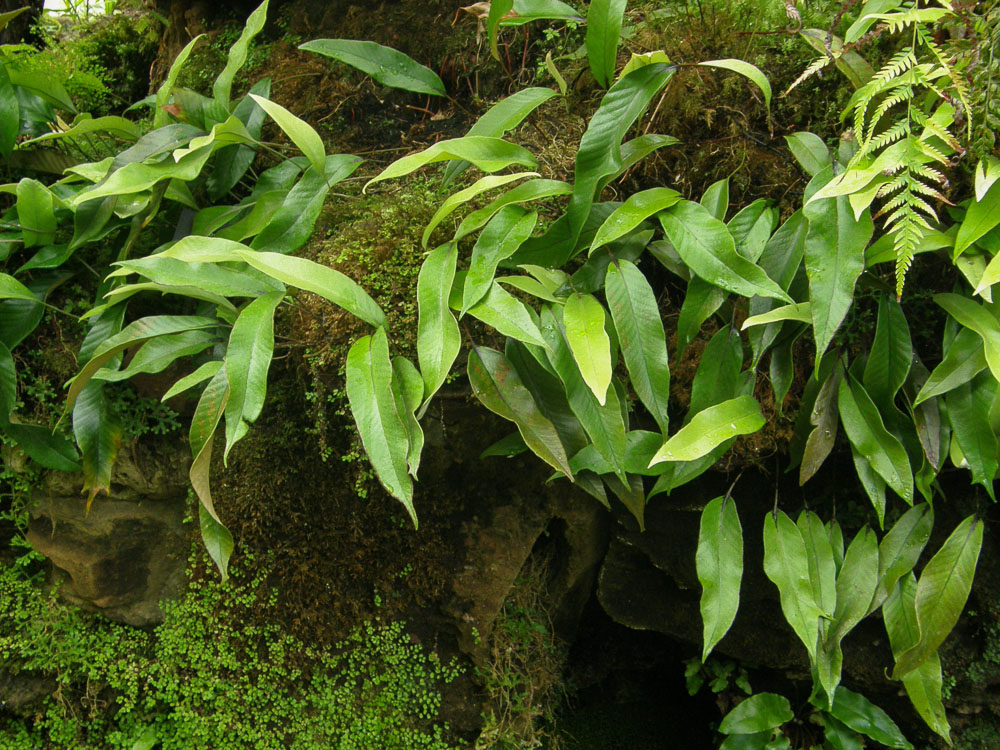The Tongue Fern (Pyrrosia lingua), with its unique, leathery leaves that bear a striking resemblance to a tongue, is a fascinating addition to any indoor plant collection. This plant not only intrigues with its appearance but also with its resilience and adaptability, making it a delightful choice for fern enthusiasts. Here are some care tips to ensure your Tongue Fern thrives, bringing its unique charm to your home.
Location and Light
The Tongue Fern prefers a cozy corner with low to medium light, away from direct sunlight. Its love for the shade makes it an excellent companion for spaces that receive less natural light. East-facing windows are ideal, providing gentle morning sunlight without the harshness of the afternoon rays. If you only have brighter windows, use sheer curtains to diffuse the light, creating a perfect environment for your fern.
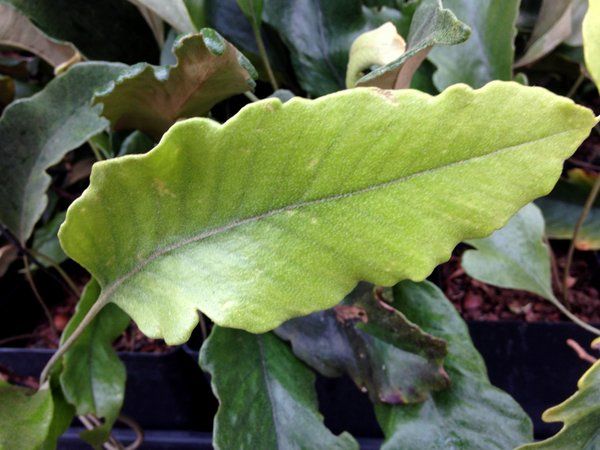
Watering and Humidity
Maintaining consistent moisture is key to keeping your Tongue Fern happy. Water the plant when the top inch of the soil feels dry to the touch. It’s important to avoid overwatering, as this can lead to root rot. This fern appreciates humidity, mirroring its natural rainforest habitat. Regular misting or placing it on a pebble tray with water can help increase the humidity around it, especially during dry winter months.
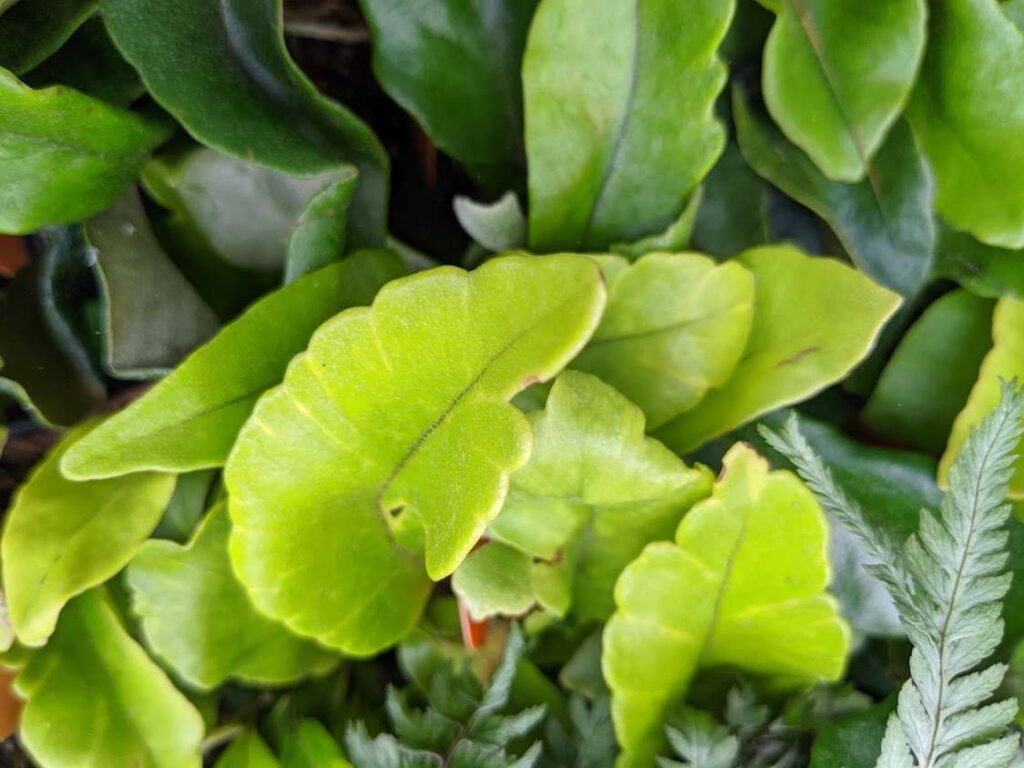
Soil and Potting
A well-draining, rich potting mix is ideal for the Tongue Fern. Incorporate materials like peat moss, perlite, and orchid bark to ensure good drainage and aeration, mimicking its natural growing conditions on tree trunks and rock surfaces. When potting or repotting, choose a container with ample drainage holes to prevent water from accumulating at the bottom.
Feeding
Tongue Ferns are not heavy feeders, but they do benefit from a balanced, diluted liquid fertilizer during the growing season (spring and summer). Feeding them once a month with a half-strength solution will support their growth without overwhelming them with nutrients. Avoid fertilizing in fall and winter when the plant’s growth naturally slows down.
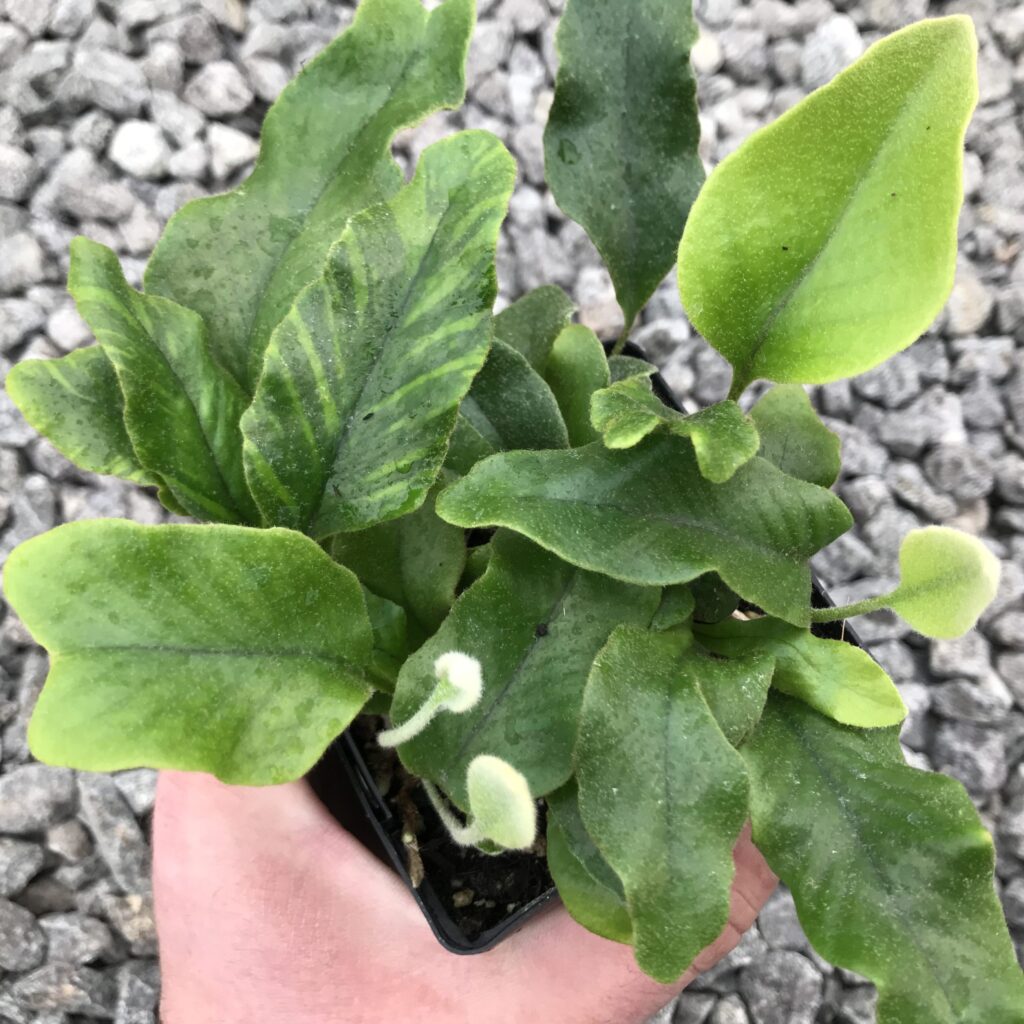
General Care
Dust the leaves regularly to ensure the plant can photosynthesize efficiently. Being an epiphytic fern, the Tongue Fern can also be mounted on a plank and hung as a beautiful wall decoration, simulating its natural habit of growing on tree trunks. This method also aids in air circulation around the roots, promoting health and growth.
By following these care tips, your Tongue Fern will not only survive but thrive, adding a touch of the exotic to your indoor garden. Its unique texture and form make it a fascinating conversation starter, and its resilience makes it a joy to care for. With a bit of attention and love, your Tongue Fern will flourish, bringing a piece of the forest into your home.
